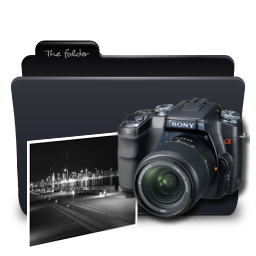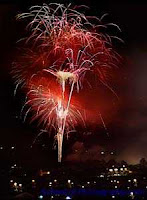Aerial
|
| From a plane, helicopter, balloon or other airborne device. |
| Adventure, Action |
| Adventure sports, daring feats, etc. |
| Amateur |
| Any type of photography practiced by non-professionals. |
| Animal, Pet |
| Pets and their relationships with humans. Note that the human content is often as important as the animal. |
| Architecture, Real Estate |
| The art of making property appear attractive. Often involves panoramic photography. |
| Artistic |
| Photography in which creative composition is the goal. |
| Astrophotography |
| Space photography, through a telescope. |
| Aura |
| A controversial type of photography which some claim can photograph a person's aura. |
| Black & White |
| Not simply photography without colour, black and white photography explores shapes, tones and textures. Shadows and highlights become much more important. |
| Camera Phone |
| "Convenience" photography using a mobile phone's built-in camera. While not the best quality, camera phones have opened a new world of spontaneous, on-the-spot photo opportunities. |
| Commercial |
| Product shots, advertising, etc. |
| Digiscoping |
| Photography through a telescope or binoculars. |
| Documentary |
| Journalism, Events, Historical, Political, etc. |
| Event |
| Concerts, Parties, Festivals, etc. |
| Forensic |
| Police and legal photography. |
| Infrared |
| Photography in which the recording medium is sensitive to infrared light rather than the normal visible light spectrum. |
| Large Format |
| For use on posters, billboards, etc. |
| Kirlian |
| A type of contact print photography in which an object touching a photographic plate is connected to a high voltage source, creating an aura-like image. Often confused with aura photography. |
| Macro |
| The art of photographing very small and/or close-up objects. |
| Medical |
| Specialized photography for clinical purposes, i.e. to help reveal and diagnose illness. |
| Microscopic |
| Any technique for photographing objects too small to be visible to humans. |
| Modeling |
| Photographing objects to be converted into 3D models. |
| Nature |
| Landscapes, animals, plants, sea, etc. |
| Night |
| Any technique used to capture images at night. Often includes infrared photography. |
| Panoramic |
| Views of wide areas, up to complete 360° panoramas. |
| Paranormal |
| Ghosts, unexplained phenomena, etc. |
| People |
| Candid, Family, Fashion, Glamour, Passports & Visas, Portrait, Pregnancy, School, Sports, Wedding |
| Pinhole |
| Uses the most basic type of camera possible — a box with a tiny hole to let light in. |
| Scenic |
| Landscape, Cityscape |
| Satellite |
| Views of Earth from orbit. |
| Scientific |
| Any specialized photography used for scientific endeavour, e.g. electron microscopy photographs, medical photography, astrophotography, etc. |
| Sports |
| The specialized art of shooting people engaged in sports, games and adventure activities. |
| Stereoscopic (3-D) |
| Involves taking two photos simultaneously to simulate 3-D vision. |
| Stock |
| Photographs taken for distribution to other people, for use in their projects. These photos tend to be quite generic, e.g. people working, landscapes, places, etc. |
| Travel |
| Photography to showcase locations, illustrate travel literature, etc. |
| Ultraviolet |
| Photography in which the recording medium is sensitive to ultraviolet light rather than the normal visible light spectrum. |
| Underwater |
| Any type of photography taken under water with a water-tight camera housing. |
| Urban, Industrial |
| Emphasizing urban environments. |
| Time-lapse |
| Photographs with a very long exposure, used to illustrate something happening over time. A popular example is a street at night with car lights blurred into long lines. |


















































.jpg)
